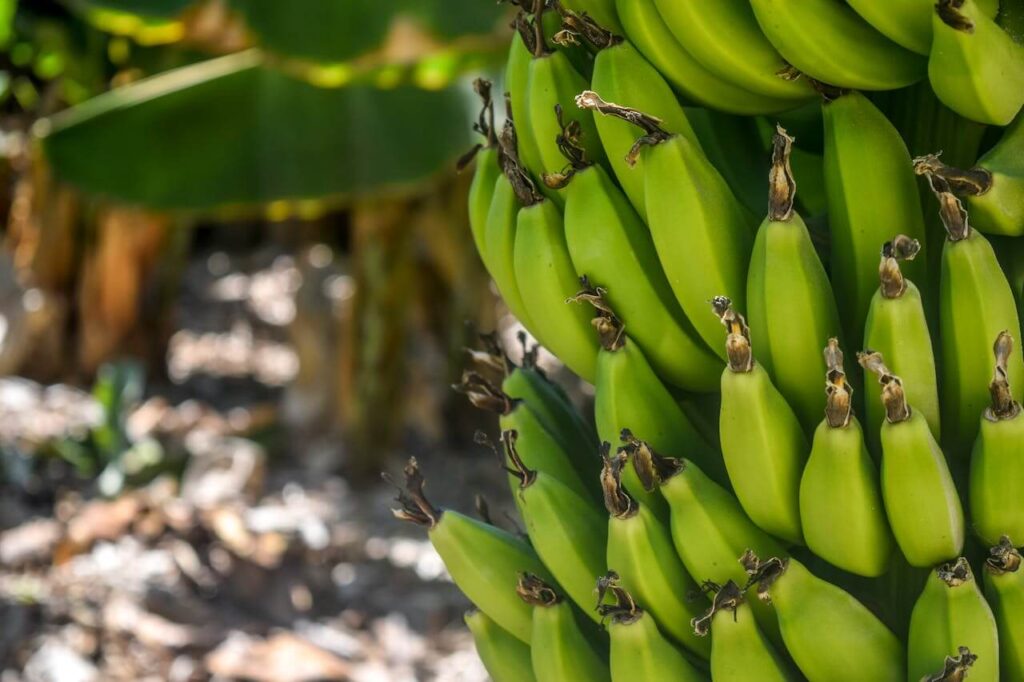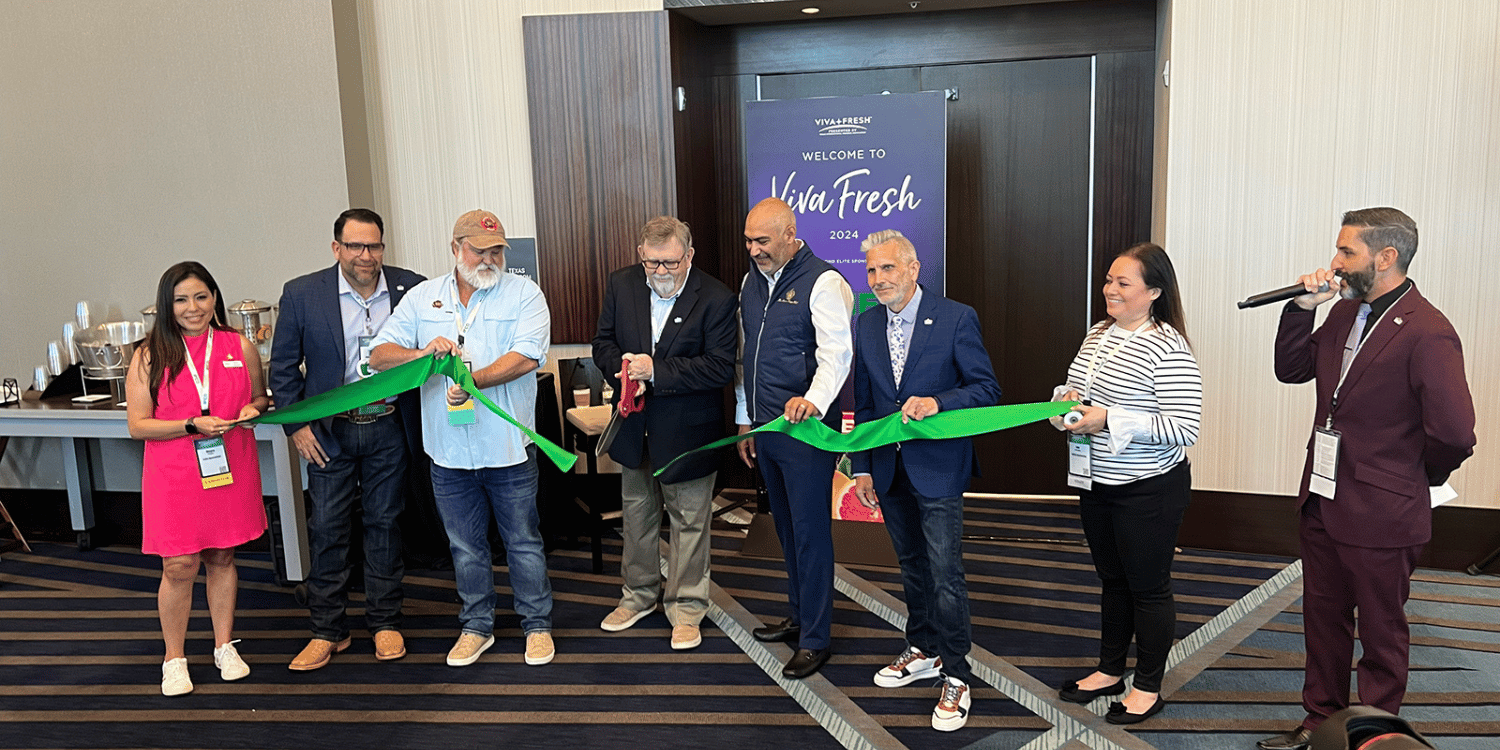Efficiency in packaging and distribution is a critical factor in the perishable goods industry.
Especially for bananas, a delicate fruit prone to spoilage.
Without a robust system, it can lead to significant product loss.
In this constant race against time, understanding how to streamline operations is pivotal.
This discussion aims to shed light on strategies that can help achieve this.
We dig in into methods that can increase productivity and reduce waste in the banana supply chain.
- Adopt advanced technology for efficient banana packaging.
- Bolster communication within the supply chain.
- Employ sustainable, lightweight materials for packaging.
- Provide relevant training to staff for improved performance.
- Ensure regular maintenance of distribution equipment.
While these are some fundamental strategies to enhance efficiency in banana packaging and distribution, the following sections of the article will shed light on other crucial aspects related to this topic.
We will also explore specific examples of successful application of these strategies in real world scenarios. This will not only give you a deeper understanding, but will also empower you to apply these best practices in your own business or studies.
Expanding our focus, we will also be addressing related topics like cold chain logistics and warehousing solutions for perishable goods, both of which play a significant role in maintaining the quality and shelf life of bananas from the farm to the consumer.
With this comprehensive approach, we aim to present a well-rounded view of the entire supply chain, helping you to understand its intricacies and challenges.
Contents
Ways To Enhance Efficiency In Banana Packaging And Distribution
1. Implement Advanced Packaging Technology
In Short: The implementation of advanced packaging technology has significantly improved the efficiency and safety of banana packaging and distribution operations. This adoption has resulted in reduced wastage and cost, enhanced storage capability, and quality control, ensuring customer satisfaction and a greener, healthier work environment.
Within the ever-evolving grounds of material handling and logistics, the implementation of advanced packaging technology has been a major upgrade.
This has opened avenues for increased efficiency in banana packaging and distribution operations.
The usual protocol has seen significant refinement with the aid of advanced packaging technologies, creating layers of improvements.
Incorporating these cutting-edge technologies not only enhances the effectiveness of processes but also guarantees a safer and healthier working environment for employees.
Moreover, they reduce material wastage while maintaining the optimal quality of the bananas, thereby ensuring customer satisfaction and fostering brand reliability.
The focus of these technologies is on developing robust, lightweight, and user-friendly packaging solutions that provide an array of benefits.
These include reduced transportation costs, lower carbon footprint, enhanced storage capability, and minimized product damage, among other aspects.
Thus, by adopting them, businesses become capable of achieving better control over their packaging and distribution operations.
Advanced packaging technologies are defined by their automation levels and consist of various equipment and machinery, each serving a different purpose.
Before we dig in into the machinery involved, let’s familiarize ourselves with the pivotal aspects of advanced packaging technology.
The following points highlight some of the core components:
- Automation: This feature enables the automation of most processes, minimizing manual intervention and improving accuracy.
- Flexibility: The ability to adapt to different packaging sizes and shapes is a key component in fruit packaging industries.
- Integration: These systems are designed to work seamlessly with existing infrastructure, ensuring a well-coordinated and smooth operational process.
Now that we have a general understanding of what advanced packaging technology encompasses, let’s discuss some of the technological advancements that the packaging and distribution industry has been witnessing lately.
One such development is the invention of robotically automated machines for packaging.
These machines not only speed up the process but ensure the precision and quality of packaged goods, including the size, weight, and appearance, thus obviating the need for human intervention.
Pro Tip: The implementation of advanced packaging technology in the field of material handling and logistics has been a significant improvement, enhancing process effectiveness, ensuring a safer workspace, reducing material waste, maintaining optimal quality of products, and allowing businesses to have better control over their packaging and distribution operations.
This ultimately results in significant labor cost savings and higher productivity levels.
In summary, the adoption and integration of these technologies into the banana packaging and distribution operations can help businesses streamline the processes, improve efficiency, and cut costs.
2. Improve Supply Chain Communication
In Short: Efficiency in banana packaging and distribution can be greatly improved by enhancing supply chain communication, which involves the exchange of information between growers, packers, distributors, retailers, and consumers. Implementing advanced communication technology, fostering open communication, and practicing proactive communication are key steps, but genuine improvement also requires consistent cooperation between all stakeholders in the supply chain.
Enhancing the efficiency in banana packaging and distribution entails a comprehensive improvement across various fronts. One absolutely important component of this complex machinery is the supply chain communication.
The term supply chain communication refers to the exchange of information, both upstream and downstream, in the supply chain process.
Essentially, this means communicating effectively with the growers, packers, distributors, retailers, and finally, the consumers.
An improved supply chain communication can streamline operations, cut down on waste, and improve the overall efficiency and productivity of the system.
In order to facilitate the smooth flow of information, a number of measures can be put into place.
Some of these measures include implementing advanced communication technology, fostering a culture of open communication, and practicing proactive communication.
Allow me to provide some concrete steps towards achieving improved supply chain communication:
- Implementing advanced communication technology: Companies can invest in state-of-the-art communication tools and software to make information sharing more efficient in the supply chain.
- Fostering a culture of open communication: Encouraging all participants in the supply chain to speak their minds can identify bottlenecks and inefficiencies that may not be immediately apparent.
- Practicing proactive communication: Anticipating potential issues and communicating preventive measures beforehand can save tons of resources and time.
However, just implementing these measures will not bring about the desired transformation.
The key to improving supply chain communication lies in consistency and cooperation among the stakeholders.
Every company involved in the supply chain must be committed to optimizing communication, as this is not a task that one party can accomplish alone.
It’s important to emphasize here that improving supply chain communication is a crucial step towards enhancing efficiency in banana packaging and distribution.
In fact, effective communication within the supply chain can directly impact the quality of the bananas being delivered to the consumers.
Therefore, all efforts and resources poured into improving communication within the supply chain will inevitably bear fruit (or bananas in this case!).
3. Use Sustainable, Lightweight Materials
In Short: Using sustainable, lightweight materials in banana packaging enhances efficiency by reducing transport costs, environmental impact, and storage needs. This choice should be paired with optimized packing techniques and design to provide protection, manageability, and resilience to various conditions, making the process greener and more efficient.
Turning the lens towards the utilization of sustainable, lightweight materials in banana packaging and distribution, it’s noticeable how this practice contributes substantially to enhancing efficiency.
One thing that stands out is that lightweight packaging material decreases the overall weight of the packaged bananas.
This, in turn, reduces the effort and energy required to transport the bananas, consequently leading to lower fuel consumption and transport costs.
Therefore, it would be accurate to say that lighter packaging materials are an efficient choice, quite literally economically.
But let’s not lose sight of the fact that the benefits of lightweight materials don’t stop with economics.
They also go a long way in reducing the environmental impact of the banana packaging and distribution process.
This brings to attention a considerable benefit of lighter materials: how they help to decrease the industry’s carbon footprint.
The concept of sustainability can be seen as directly linked with the use of lightweight materials.
Let’s explore a few factors showcasing how sustainable, lightweight materials assist in the overall increase of efficiency in banana packaging and distribution:
- Sustainable materials typically have a lesser environmental impact in their production, usage, and disposal.
- As previously mentioned, the lightweight nature of these materials leads to reduced transport costs.
- Lightweight materials generally require less storage space, thereby making packaging operations more efficient.
It’s clear that the choice of materials used in packaging heavily influences the level of efficiency in distribution.
Of course, it’s crucial to note that simply adopting sustainable, lightweight materials isn’t enough.
These materials must be used in a way that optimizes packing techniques and design.
They should be able to provide ample protection to the bananas, while still remaining easy to manage during loading, transport, and unloading of shipments.
Further, the materials used should ideally be able to withstand varying weather and storage conditions without compromising on the quality of the bananas they are meant to protect.
Pro Tip: The use of sustainable, lightweight materials in banana packaging and distribution not only decreases transport costs and the industry’s carbon footprint, but also improves overall efficiency when properly combined with optimized packing techniques and design.
In essence, along with its choice, the tactical usage of sustainable, lightweight materials is equally important to effectively level up the efficiency.
To bring it all together, this underlines the importance of a comprehensive approach, that considers material choice, design optimization, and tactical usage, in making banana packaging and distribution greener and more efficient through the use of sustainable, lightweight materials.
4. Offer Staff Relevant Training
In Short: A well-trained workforce is crucial to optimize efficiency in banana packaging and distribution. Investing in regular staff training programs instills relevant skills, promotes innovation, reduces error rates, and ultimately boosts business profitability.
Efficiency in banana packaging and distribution is not only about having the right equipment or technology, but also depends greatly on the competency of the staff involved.
The employees working in the production line are usually the ones handling all the tasks related to the packaging of bananas, which is why their level of expertise has a major influence on the overall efficiency of the process.
If the staff members are well trained and are knowledgeable about the latest packaging techniques and machines, the process of banana packing becomes smooth and swift, leading to high levels of productivity.
Unfortunately, many organizations overlook the importance of providing relevant training to their workforce, leading to inefficient operations and losses.
It is critical for businesses to invest in training programs that arm their employees with the up-to-date knowledge and skills in banana packaging techniques.
Regular training ensures that employees stay abreast of the evolving demands of their roles and helps them become more efficient in their tasks.
Not only does training benefit the company in the form of increased efficiency, but it also contributes to the employees’ sense of job satisfaction and professional growth.
Some benefits that a company could see from providing advanced training to their staff are:
- Improved operational efficiency: A team of well-trained employees is more likely to perform effectively and produce high-quality results.
- Innovation: Training empowers employees with new skills and knowledge, making them better equipped to innovate and introduce changes in the packaging process that can enhance efficiency.
- Reduced error rates: Comprehensive training is likely to reduce the instances of errors on the production line, reducing waste and improving overall productivity.
This is why companies should not consider training as an expense. Rather, it is a strategic investment that pays off in various ways, leading to improved efficiency and profitability.
Hence, whether it is on-the-job training, workshops, seminars, or specialized courses, businesses need to continue upgrading their staff’s skills frequently.
Of course, the process of staff training does require both time and resources, which is why it should be seen as part of a long-term strategy for improving packaging and distribution efficiency.
Pro Tip: Employee training is essential for businesses to optimize their banana packaging and distribution operations and reach the highest levels of efficiency.
To wrap up, employee training is one of the most important ways businesses can optimize their banana packaging and distribution operations.
Only with a team of well-trained professionals can a company truly reach the highest levels of efficiency and maintain them over the long run.
5. Regularly service distribution equipment
In Short: Regular maintenance of banana packaging machinery, including timely inspections and replacement of parts, enhances efficiency and safety. Simultaneously, staying updated with technology and having a contingency plan ensures minimal disruption and improved performance.
Regular servicing of distribution equipment is pivotal to enhance the efficiency in banana packaging and distribution. Equipment that is not properly maintained can lower productivity and lead to costly breakdowns.
It is important, therefore, to ensure that machinery used for banana packaging, like packing machines, conveyors, and lift trucks, are in excellent condition at all times. Faulty machinery can not only delay operations but also lead to sub-optimal packaging quality which could in turn affect the overall consumer experience.
Proper maintenance includes regular monitoring of machinery components, periodic servicing or replacement of worn-out parts, and ensuring that equipment is clean and free of any debris that could affect functioning.
Let’s consider the important factors to keep in mind for the regular servicing of banana packaging machinery:
- Timely inspection: Regular monitoring for any wear and tear ensures that machinery parts are replaced before they break down, avoiding costly repair or replacement and minimizing downtime in operations.
- Trained personnel: Maintenance should be carried out by trained professionals who can accurately identify potential issues and resolve them efficiently.
- Sourcing quality parts: The longevity and performance of equipment largely depend on the quality of its components. Therefore, sourcing high-quality parts for replacement is crucial.
- Cleanliness: Keeping the equipment clean can substantially reduce the chance of malfunction due to foreign object obstruction or buildup of dirt and grime.
Moreover, having a solid maintenance schedule developed by a knowledgeable team can greatly mitigate the risk of equipment failure. A well-planned schedule ensures that equipment inspections and part replacements occur routinely and that no machines miss their needed upkeep.
This procedure doesn’t only extend the lifespan of the equipment, but also makes operations safer for employees. Machinery that is well-maintained is less likely to cause accidents, leading to a safer work environment. Investing in routine servicing is, thus, also an investment in the safety of the workforce.
In addition to regular maintenance, it’s necessary to stay updated with technological advancements in packaging machinery. Upgrading equipment as necessary helps to keep operations efficient and effective, as modern machines often offer improved performance, reliability, and even energy efficiency.
Pro Tip: Regular servicing of distribution equipment is pivotal to enhance the efficiency in banana packaging and distribution, ensuring that machinery like packing machines, conveyors, and lift trucks are in excellent condition and operations are safe for employees.
Lastly, it’s key to always have a contingency plan in case of machinery failure. Despite best efforts, occasional equipment breakdown is inevitable. Having a plan in place allows operations to continue with minimal disruption in such a scenario.
Regular servicing and maintenance, when done right, does not become an overhead cost but rather a strategic method of saving on future repair and replacement costs. It helps enhance the efficiency, safety, and longevity of the machinery used in the banana distribution process, making it an essential part of the banana packaging and distribution strategy.
The Bottom Line
In the end, enhancing efficiency in banana packaging and distribution is crucial to ensure the quality of these fruits reach consumers in optimal condition.
Proper implementation of the various strategies can help to significantly reduce cost, food waste, and benefit every player in the supply chain, from the farmer to the end consumer.
Furthermore, these practices foster sustainability in the agricultural sector.
All these measures can serve as a benchmark to improve efficiency in the packaging and distribution of other agricultural produce.
When embraced globally, we could witness a radical transformation in the food production and supply sector.




















